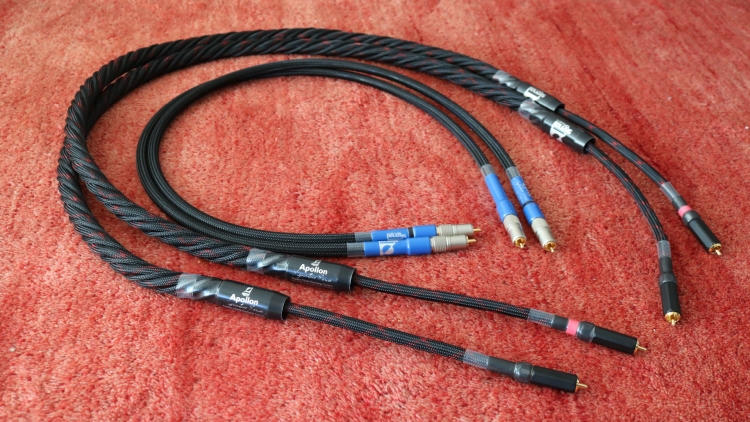
Listening – Apollon
And now for the Apollon. Three levels above the Lynx and positioned in the center of the Signal Projects product line, this is a serious cable and as such, I will also compare it with some other serious cables. Removing the Lynx and connecting the Apollon, still between the DAC and preamp, makes for an impressive change, or should I say, non-change, for the overall sonic signature actually remains remarkably similar to that of the Lynx. The presentation is still lush, smooth, rich, and warm, but with instantly improved pacing, articulation, transparency, resolution, midrange clarity, and transient snap.
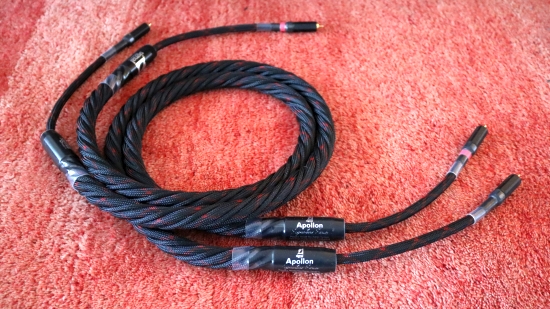
Basically, the Apollon improves the Lynx’s sound in every aspect, but seemingly without changing the overall character very much. Remarkably enough, although I can appoint the Apollon with great marks in many of the areas that I value most, it achieved this while staying very far from being analytical or lean sounding in any way. In fact, the Apollon sounds harmonically rich and still forgiving, yet it is not overly warm, nor does it show any signs of rounding.
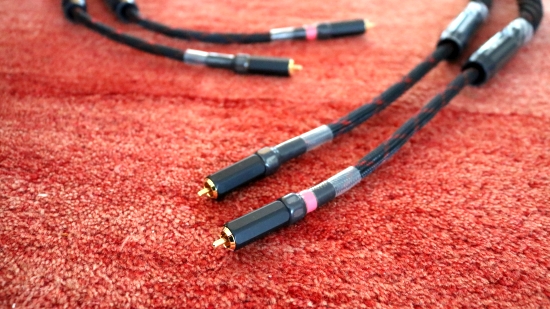
In a direct comparison between the Driade XLR and the Apollon RCA between the C1 DAC and the A1.5 power amplifier, the Apollon again surprised me with its seldomly heard mix of harmonic fullness, articulation, and resolution. The Apollon did not yield to the Driade in any of the cable’s strong attributes, not even in terms of refinement or precision, despite sounding full, lush, and deeply saturated.
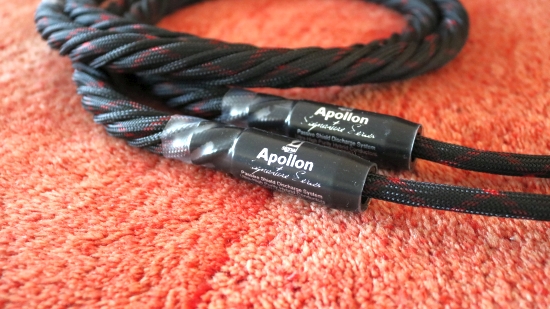
In addition, the Apollon offers significantly deeper imaging and these differences go miles further than the differences that can be heard between XLR and RCA in the depth of imaging. The Apollon actually provides the deepest, most 3D image that I have heard in my system so far.
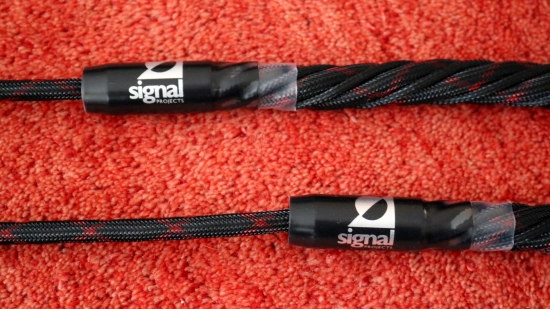
When switching back after a nice listening session, the Driade sounds comparably flat and even a little gray, even if it also reaffirms its superb refinement and resolution, certainly at its modest price. In these areas, I’d say it is comparable to the Apollon. However, the latter does not sound quite as transparent as the Driade. This is evident especially in the midbass and the midrange where the Apollon is well-detailed and certainly more articulate and expressive than the Lynx but still rather polished. Vocals that I know well seem to swim in the mix rather than being elevated above it. They’re not drowning nor covered up but just embedded enough to make for a slight politeness that reduces the startle factor. On the other hand, the Apollon also makes very nearly everything sound rich and emotionally engaging.
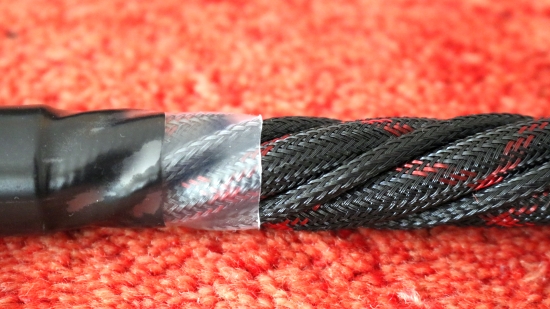
Moving on to the CH Precision Balanced Link, we are also moving from a 750-euro competitor to one costing 2.000 euro for 1 meter. Surprisingly, the Balanced Link and the Apollon have similar presentations. Both are smooth and refined and the CH cable is similarly polished or polite if you will, but that’s where the similarities end. Right after switching, the Apollon seems slightly darker but that feeling vanishes almost immediately while making way for supreme liquidity with what is now revealed as an even airier and refined treble, and a creamier midrange. Additionally, and this is what really sets the cable apart, the Apollon is tonally considerably deeper saturated. Don’t mistake this for coloration but rather that its shades simply seem to contain a larger bit depth, as if the reach is simply greater from light to dark, if that photo/video analogy makes any sense. And the more I listen, the more the cable gets under my skin. During the third track, it suddenly hit me: the Apollon lends the two directly-coupled CH components just the right amount of “tube” glow but while largely retaining the sense of speed and, importantly, the dynamics. The Apollon may sound polished and like the CH it is not as direct-coupled or expressive in the midrange as some competitors, but it is not restrained.
The CH cable does appear more neutral and more linear at first (and maybe it really is) but I’m afraid it’s also grayer and flatter and it feels relatively more restrained, not only in tonality but also in imaging. Musically, at least, the Apollon simply beats the CH cable with a more involving and more soul-stirring delivery.
Next: adding the Aries Cerat Impera Reference preamp
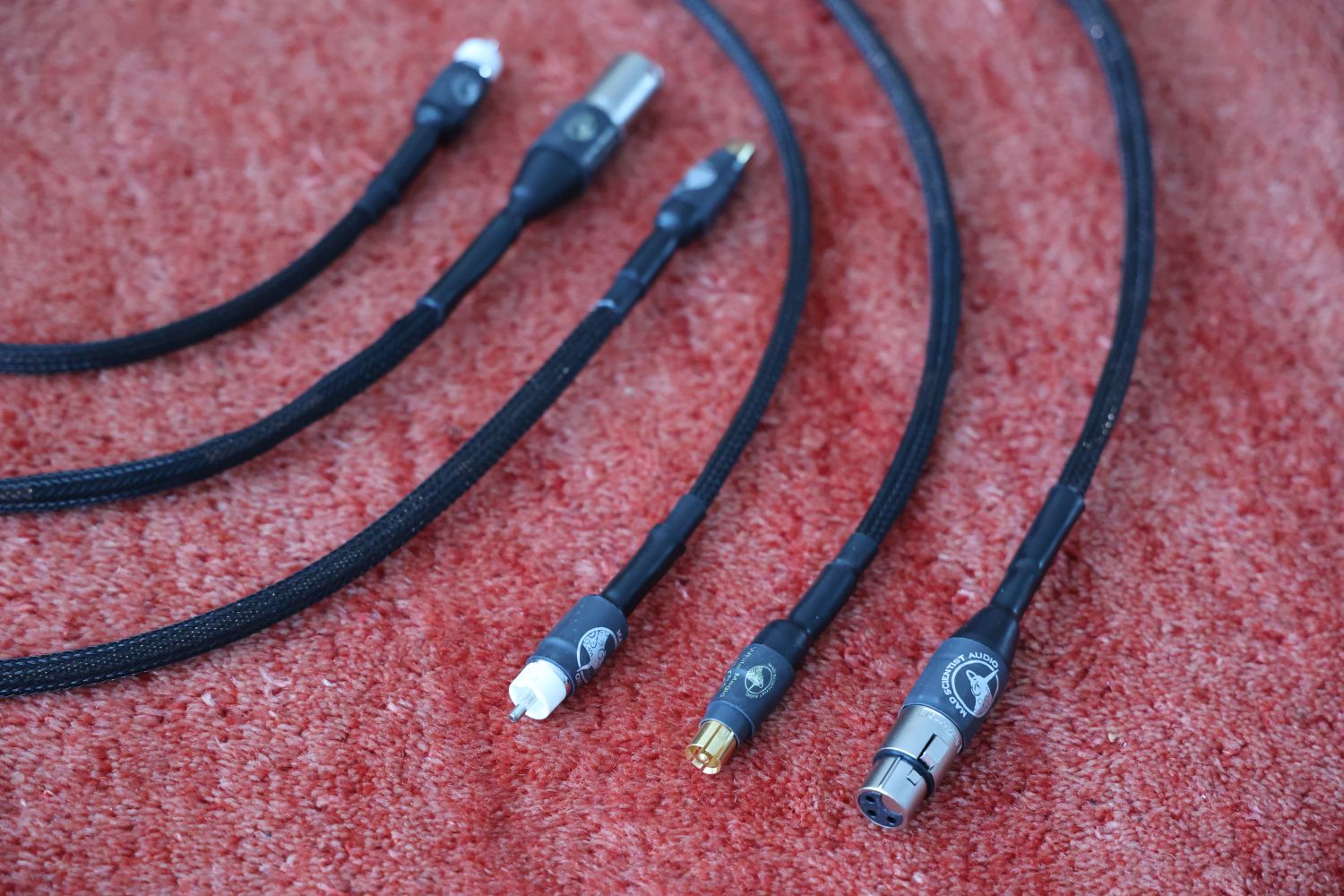
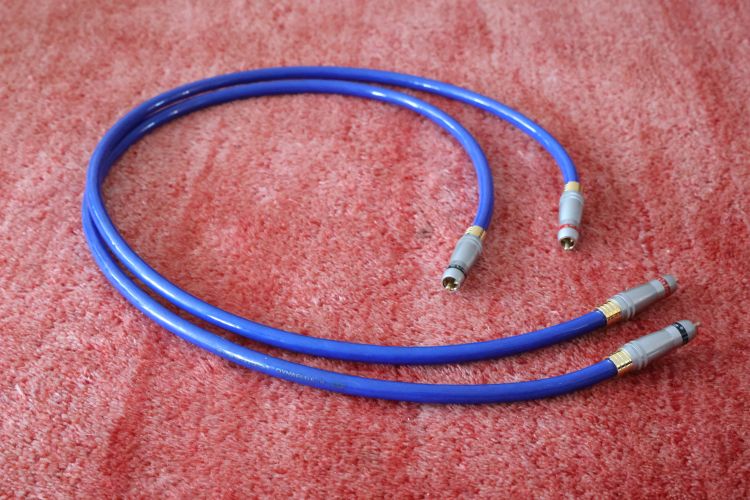

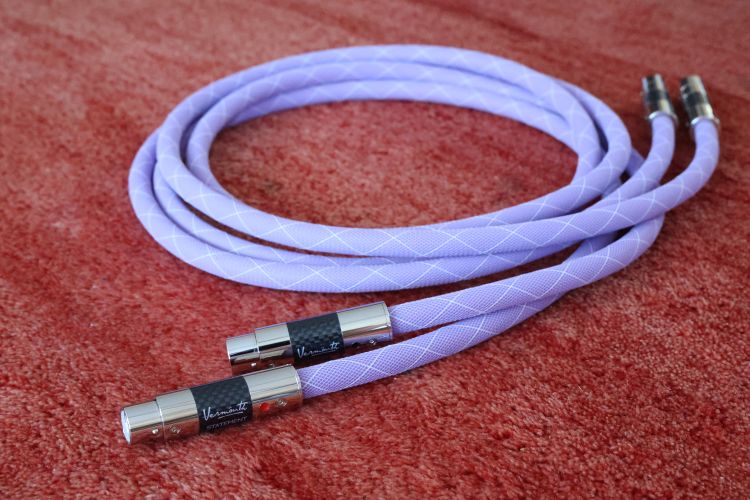
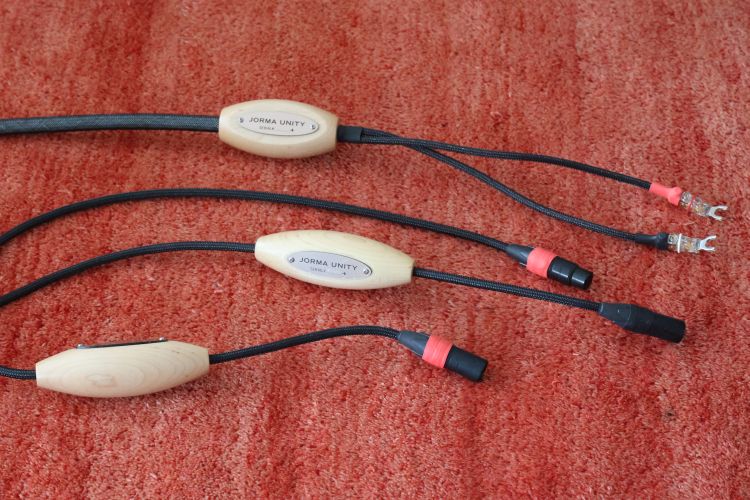
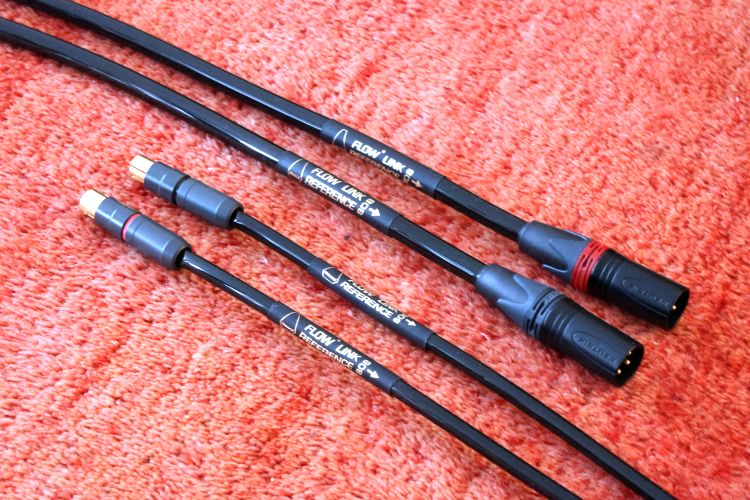
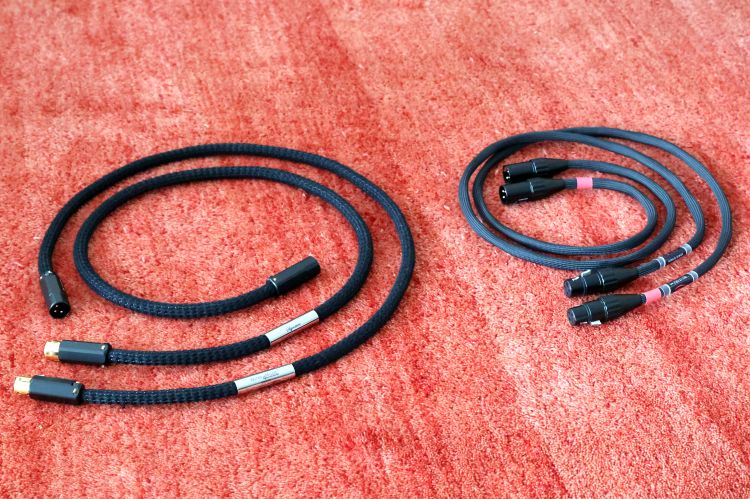
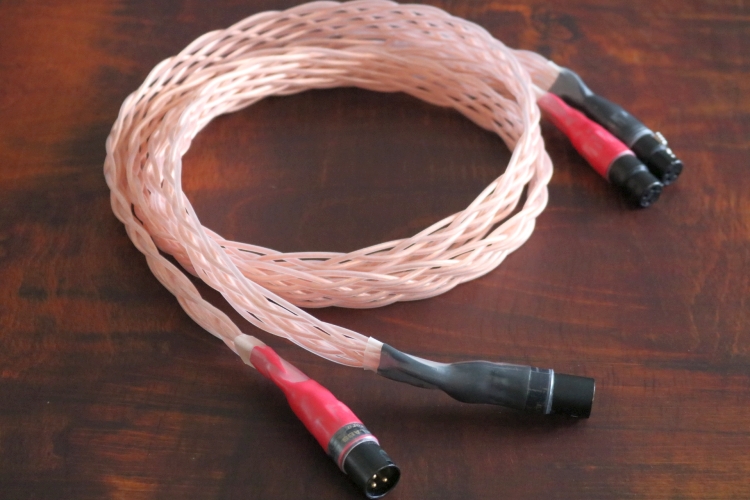
In your review of the Signal Projets Lynx, you state:
“Substituting the Driade cable for the AudioQuest Water, a long-standing old favorite, makes for a substantial shift”.
This is, for me at least, a very confusing statement. Given the context, I believe you mean:
Either “Substituting the AudioQuest Water for the Driade cable” or “Replacing the Driade cable with the AudioQuest Water”, both of which formulations have the same meaning.
Your formulation suggests, on the other hand, again for me at least, exactly the opposite, that you were listening to the AudioQuest Water, and then you tried the Driade cable after that.
My apologies in advance for a very minor linguistic point. I believe, however, that clarity helps your narrative, which is a very good one.
By the way, for your information, I am comparing, in my system, the Signal Projects Avaton USB cable with the Shunyata Omega USB cable. Very different sound, both outstanding cables, I’m hesitating, can’t make up my mind. My head tells me to keep the Shunyata Omega, but my heart tells me to replace this with the Signal Projects Avaton. I will make a decision in the next few days.
The Avaton is very dynamic, makes concertos and symphonies sound “larger” and “grander”, which is great for these types of classical music, and, more generally, is very, very musical. Amazing, if pricey, cable.
Hi Ronnie, you raise a good point! Upon re-reading, I see that I used “Driade” where I should have used “Lynx”. The sentence should have read “Replacing the Lynx for the AudioQuest Water, a long-standing old favorite, makes for a substantial shift.” Thanks for the hint, I always appreciate it when issues are pointed out and I have a chance to clarify the message. I have now amended this in the article.
Regarding your current USB cable decision. Oh, how I am familiar with matters of the heart and the head and how they are often contradictive… My advice would be to play as much music as you can in the available time and to make sure that you listen to all your preferred music styles.
Christian,
Another thorough review and interesting discussion of connector pin sizes something that’s never occurred to me before. Also Happy New Year!
On the subject of head vs heart it is a difficult choice because these cagey cable makers only ever combine the two in their top models. 😉
Cheers,
Jon
Ultimately, the head and the heart agreed: the top of the line Shunyata Omega USB cable was better overall in my system, and, somewhat surprisingly, more musical. The likewise top of the line Signal Projects Avaton USB cable was a fascinating cable, very exciting, dynamic, resolving, and lush, all at the same time (which seems to be a contradiction in terms), but perhaps too much so, likely indicating a deliberate choice of that kind of sound (which some others might prefer in their systems). Surprisingly, given the overall “lush” sound, I also noticed a somewhat “hot” upper midrange and treble, which could perhaps disappear after further run in (I ran it in for around 60 hours). The lower levels in the Signal Projects range (such as Apollon) may actually have a more neutral and “better” overall sound, as well as being more reasonable in terms of pricing.